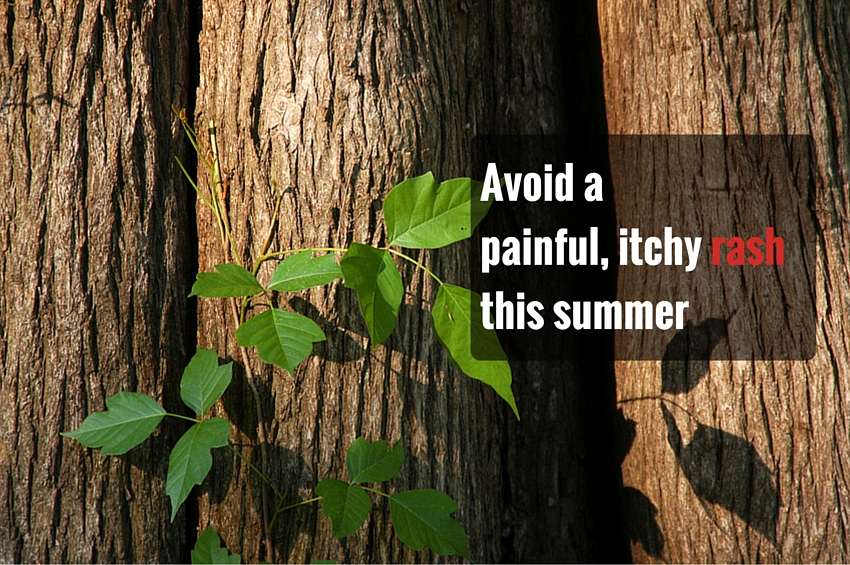Summertime usually means lots of outdoor fun with the family. If camping or hiking are on your to-do list this year, you could come face-to-face with poison ivy.
If you do encounter the plant, here’s a quick guide to escape without all the itching:
What is poison ivy?
While we usually think of ivy as growing along walls, you can find poison ivy just about anywhere. Since it comes in many different forms, the plant can be difficult to spot. We all know to “leave leaves of three be,” but poison ivy is not the only plant with three leaves. We found this quick reference to help answer any questions you may have.
Is it actually “poisonous?”
It’s not poisonous in the same way a snake or spider is. Bottom line: Contact with the plant won’t kill you. The oil will irritate the skin and could create an itchy, bumpy rash.
A small portion of the population does not react to it; however, “frequent exposure can lead to more severe outbreaks,” says Dr. Holly Gunn, dermatologist with St. Elizabeth Physicians. “That means the more often you come in contact with poison ivy, the more likely you are to get the rash, even if you’ve never had it before.”
If you know there’s a high possibility of exposure, carry Tecnu or another skin cleanser with you to wash off the oil before your body has a chance to react to this common allergen.
What do I do if I think I got into poison ivy?
Don’t touch anything else, especially sensitive areas like your face. Rinse the plant oil off your skin with cold water at as high a pressure as you can handle. Soap and hot water help the oil spread, so avoid using these.
If the rash already started to develop, you can treat with Ivy-dry, Zanfel or a similar product from your local drugstore.
“For serious cases or an allergic reaction, go straight to your doctor or an Urgent Care facility where they can prescribe either oral or topical steroids for symptom relief,” said Gunn.
Is it contagious?
The rash is not contagious. The oil can spread from fabric or a pet’s fur, so avoid touching anything after exposure and keep an eye on where Fido is rolling.
One more thing: If you are getting rid of the plant, do not burn it. When poison ivy is burned, its oil is released into the air, which can cause lung irritation or an allergic reaction that is much more dangerous than skin exposure.

